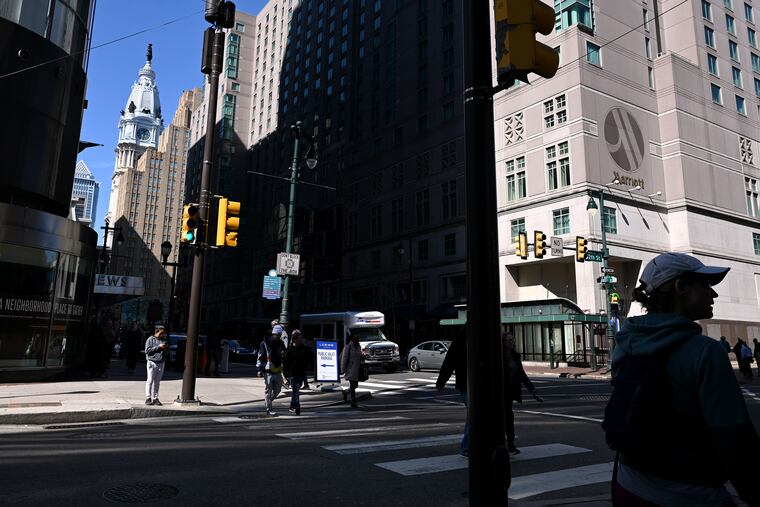Here’s the one question we haven’t answered in the Market Street arena debate
We haven't asked ourselves what we want East Market Street to be. Without a clearly articulated vision for the street, we're shooting in the dark.

We haven't asked ourselves what we want East Market Street to be. Without a clearly articulated vision for the street, we're shooting in the dark.
